Milled carbon fiber for plastic reinforcement
Carbon fiber powder can enhance the mechanical, thermal, and functional properties of plastics by regulating the interface bonding and dispersion state.
Milled carbon fiber for plastic reinforcement-Mechanism of Action of Carbon Fiber Powder Reinforced Plastics
Mechanical Reinforcement Mechanism
-
Load Transfer: After uniform dispersion, carbon fiber powder acts as a "rigid skeleton" to bear external loads and reduce the deformation of the plastic matrix. When the addition amount is 10%-20%, the tensile strength of the composite material can be increased by 50%-150%, and the flexural modulus can be increased by 100%-300%.
-
Inhibition of Crack Propagation: The high tear resistance of carbon fiber powder can block the spread of cracks in the plastic matrix and improve the impact resistance (for example, after adding 15% carbon fiber powder to PA6, the notched impact strength is increased by about 30%).
Improvement of Thermal Properties
The thermal expansion coefficient of carbon fiber powder (1-2×10⁻⁶/℃) is much lower than that of plastics (for example, the thermal expansion coefficient of PP is 100×10⁻⁶/℃), which can significantly reduce the thermal deformation rate of the composite material and increase the heat distortion temperature (HDT). For example, after adding 20% carbon fiber powder to POM, the HDT increases from 170℃ to above 220℃.
Enhancement of Functionality
Conductivity and Antistatic Property: The addition of carbon fiber powder reduces the volume resistivity of insulating plastics (such as PE) from 10¹⁶Ω・cm to 10²-10⁶Ω・cm, meeting the antistatic requirements of electronic equipment.
Optimization of Wear Resistance: The rigid particle filling effect of carbon fiber powder reduces the wear on the friction surface, and the wear rate can be reduced by 50%-80% (for example, the wear rate of PA+15% CF is only 1/5 of that of pure PA).
Adaptation Schemes of Typical Plastic Matrices and Carbon Fiber Powder
Engineering Plastics: PA (Nylon)
-
Application Scenarios: Automotive gears, bearing cages, high-pressure valve components.
-
Formula Design: Adding 10%-30% carbon fiber powder (particle size 5-15μm, surface amination treatment) can increase the tensile strength of PA6 from 75MPa to over 120MPa, while reducing water absorption (to minimize dimensional changes).
Special Engineering Plastics: PEEK
-
Application Scenarios: Aerospace structural parts, medical implants, high-temperature bearings.
-
Technical Points: The melting temperature of PEEK (343℃) is close to the oxidation temperature of carbon fibers. It is necessary to use carbon fiber powder with an anti-oxidation coating (such as nickel-plated or silicon-plated). When the addition amount is controlled at 15%-25%, the flexural modulus of PEEK can be increased from 3.8GPa to over 8GPa.
General Plastics: PP (Polypropylene)
-
Application Scenarios: Automotive bumpers, electronic device housings (with antistatic requirements).
-
<span style="-weBe the first to review “Milled carbon fiber for plastic reinforcement” Cancel reply
Category: Rubber & Plastics
Related products
-
PPR Water Supply Pipe
Contact UsPP-R pipes are versatile components integral to both hot and cold water distribution systems, including central heating setups. They form an essential part of building heating infrastructure, serving floor, wall, and radiant heating systems. These pipes are also suitable for direct use in purifying and delivering drinking water. Moreover, they play a pivotal role in central air conditioning systems. Additionally, PP-R pipes are adept at facilitating the transfer or discharge of various chemical substances, finding application in industrial piping networks

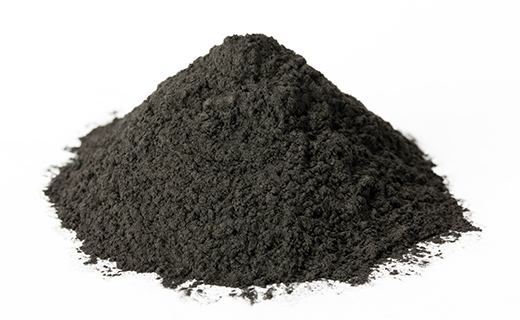
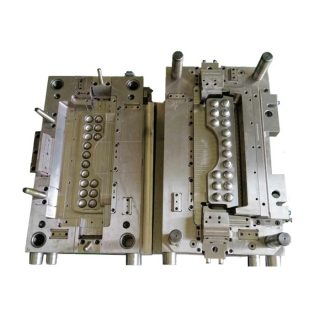
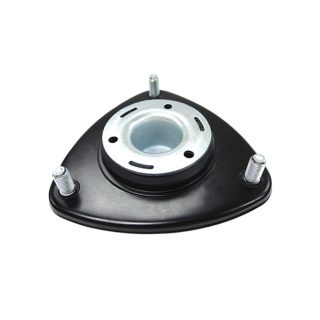
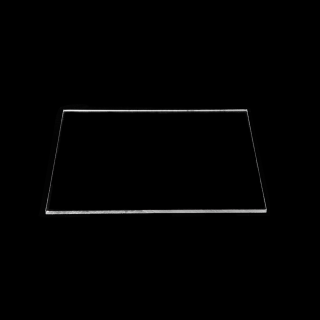
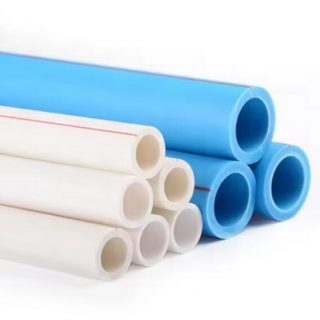
Reviews
There are no reviews yet.